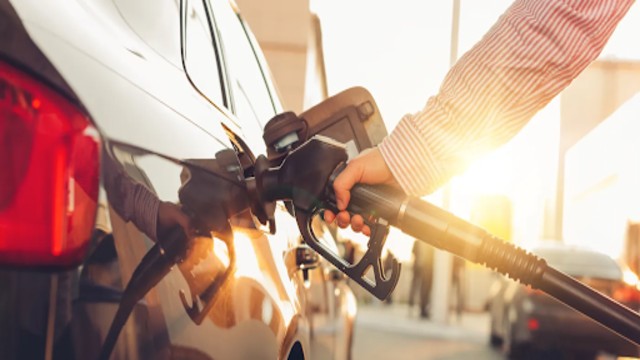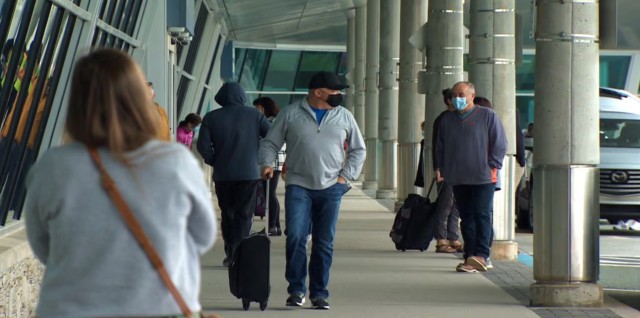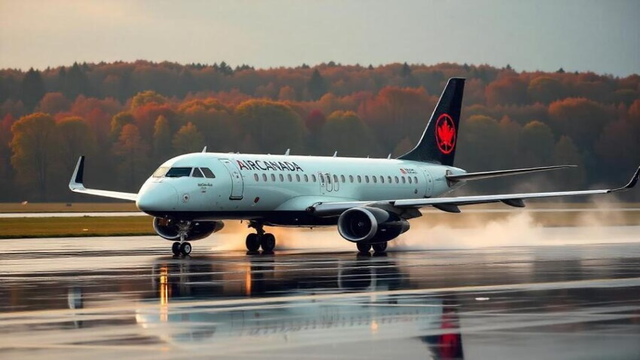
Gas pumps at a fuel station. Travel Pulse
Travelers heading out for Spring Break will notice some changes in gas prices at the pump. The national average for a gallon of gas is now $3.26. That’s a jump of over 10 cents from last week, when it was $3.15. However, it’s still cheaper than the same time last year, when gas cost 28 cents more per gallon.
Experts say this increase is normal during the Spring season. Many refineries are switching to summer-blend gas, which is more expensive to produce. They’re also doing regular maintenance, which limits supply. These are the main reasons for the recent rise in prices.
Earlier this month, gas prices had started to fall. At one point, the national average dropped to $3.07. It even fell to $3.08 a few weeks ago. But now, with more people hitting the road and seasonal changes at play, prices are starting to climb again.
Some states are seeing much higher prices than others. California tops the list with gas at $4.91 a gallon. Hawaii follows at $4.52, and Washington comes in at $4.30. Other high-price states include Nevada, Oregon, Alaska, Illinois, Arizona, Idaho, and Pennsylvania. Prices in these places range from $3.37 to nearly $4.00.
On the other hand, several states are still enjoying lower prices. Mississippi drivers are paying just $2.74 per gallon. In Tennessee, it’s $2.80. Other low-price states include Oklahoma, Louisiana, Alabama, Texas, Arkansas, Kansas, South Carolina, and Kentucky. In these areas, gas prices hover between $2.74 and $2.89.
Even though gas prices are climbing again, they’re still well below where they were last year. That’s good news for drivers planning road trips. AAA says lower demand for fuel and weaker oil prices are helping keep costs down compared to 2024.
Back in early March, gas prices were falling every week. On March 7, the national average was $3.11. A week later, it dropped to $3.07. At that time, prices were down in more than half the country, with 31 states reporting gas under $3.00.
The shift to summer gas blends is expected to push prices higher, but this is typical every year. Summer fuel helps reduce pollution in hot weather but costs more to make. As more people travel and demand increases, prices could rise further.
Meanwhile, electric vehicle (EV) owners are seeing no changes in charging costs. The national average rate at public EV charging stations remains steady at 34 cents per kilowatt hour. That price hasn’t changed in recent weeks.
If oil prices stay steady and refineries complete their switch to summer fuel, gas prices might level off. For now, though, drivers should prepare to pay a little more, especially in areas with already high prices.















